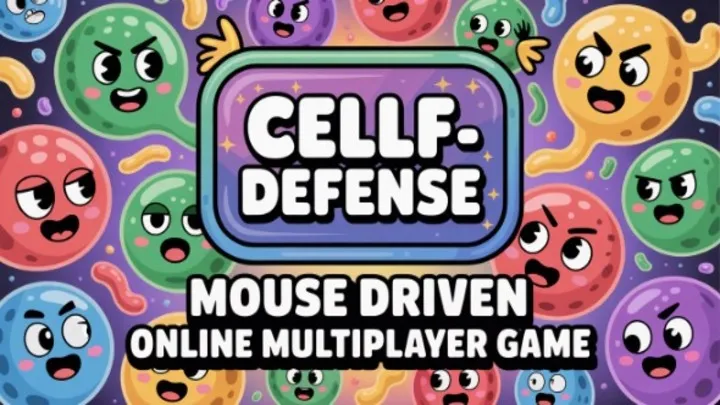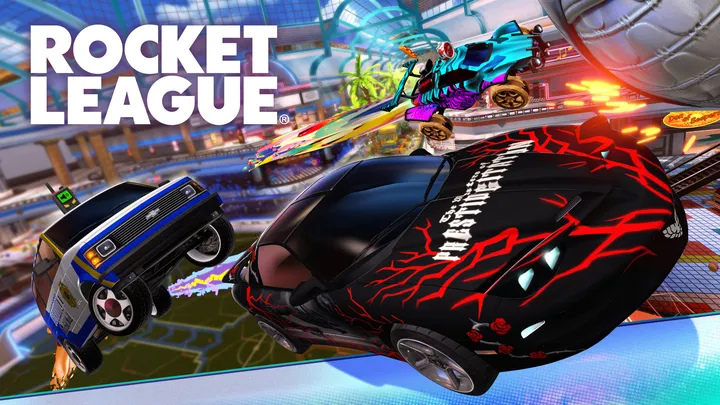Cellf Defense is not your average action-strategy game—it’s a microscopic war for survival. You control a sentient cell fighting off an endless invasion of pathogens, viruses, and rogue immune structures inside a living host. Unlike standard shooters or defense games, Cellf Defense requires tactical thinking, biological awareness, and adaptability to dynamic environmental changes.
In this comprehensive guide, we’ll go deep into one specific and advanced topic: how to master combat encounters through biological upgrades, adaptive tactics, and resource management. You’ll learn how to analyze enemy cell patterns, use molecular tools effectively, and exploit the terrain of the microscopic world. Whether you’re playing for survival, score, or scientific satisfaction, this guide will make you the most efficient defender of cellular life.
1. Understanding the Core Mechanics of Cellf Defense
Before you can master combat, you need to understand how the game’s biological systems work together. Every aspect of movement, attack, and defense is rooted in realistic cellular behavior.
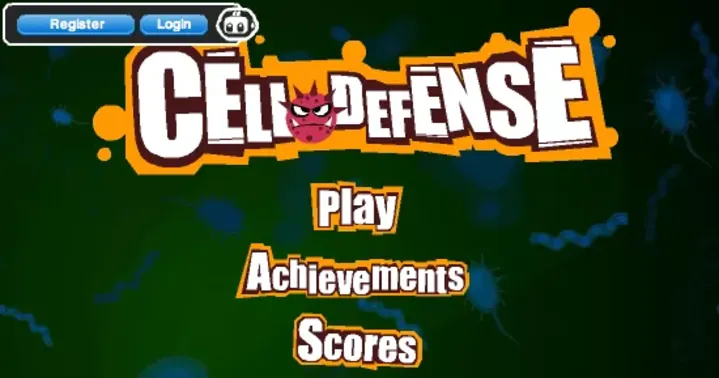
Core Systems to Know:
- Energy (ATP): Every action—from movement to regeneration—costs ATP, your core resource.
- Cell Membrane Integrity: Your HP equivalent. If it breaks, pathogens can infect and cause irreversible mutation damage.
- Signal Network: A communication system that allows you to summon micro allies or activate defensive proteins.
Each battle is a balance of maintaining energy, preserving your membrane, and reacting quickly to molecular threats. Once you grasp this cellular logic, you can control fights with surgical precision.
2. Adapting to Microbial Enemy Types
Enemies in Cellf Defense aren’t generic—they’re specialized, adaptive, and biologically accurate. Each type represents a real microbial archetype with specific attack behavior.
Main Enemy Types:
- Bacterioid Clusters: Move in swarms and infect surfaces.
- Viroshades: Fast, spiked entities that attach and drain your energy.
- Myco Threads: Slow but spread infectious filaments that restrict your mobility.
- Auto-Cells: Mutated copies of yourself that mimic your last three actions.
How to Counter Each:
- Use burst enzymes to break Bacterioid walls.
- Deploy anti-spike coating before engaging Viroshades.
- Burn Myco Threads with mitochondrial heat attacks.
- Outsmart Auto-Cells by randomizing movement patterns.
Recognizing the enemy type early in combat lets you plan energy allocation and choose the right biochemical weaponry.
3. The Art of Molecular Combat Timing
Timing in Cellf Defense is everything. Each attack and counter-attack operates on biological cooldowns that simulate enzyme activation or protein synthesis.

Combat Rhythm:
Think of each encounter as a dance of molecules. If you act too early, your enzymes will deactivate before dealing full damage. If you act too late, your cell membrane may rupture.
Tips for Perfect Timing:
- Watch enemy division cycles—attack right before duplication.
- Time ATP bursts to coincide with energy influx from nearby mitochondria.
- Use Signal Sync to coordinate multi-attack waves with friendly microbots.
Perfect timing transforms chaos into control—you’ll never waste an enzyme or misfire an immune signal again.
4. Energy Management: ATP as Your Lifeline
ATP is more than just a resource—it’s your survival currency. Managing it well separates advanced players from beginners.
ATP Generation Sources:
- Mitochondrial Hubs: Passive energy gain over time.
- Chemical Absorption: Consuming fallen microbes.
- Glycolysis Mode: Sacrifices health for instant energy boosts.
Strategic Use:
- Keep at least 20% ATP reserve for emergency healing.
- Don’t overcharge enzymes—you’ll lose more energy than you gain.
- Trigger ATP surge when multiple enemies cluster for AoE efficiency.
By mastering ATP flow, you’ll never run dry mid-battle and can react instantly to new threats.
5. Upgrading the Cell: Choosing the Right Mutation Path
One of Cellf Defense’s defining mechanics is adaptive mutation. Every upgrade alters your gameplay style, allowing for extreme specialization or hybridization.
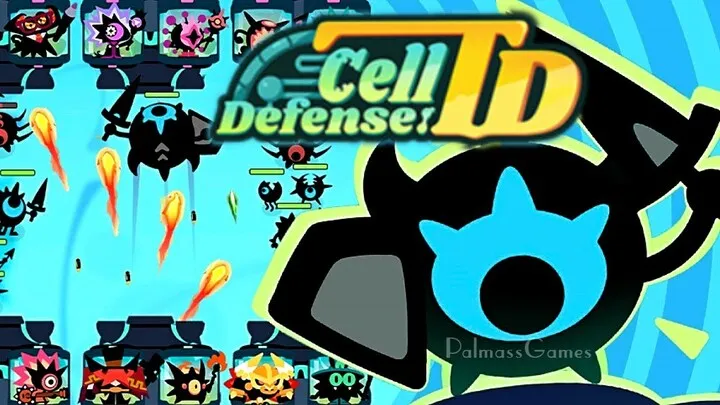
Mutation Paths:
- Defensive Shell Path: Strengthens membrane, increases regeneration.
- Aggressive Cytoplasm Path: Boosts enzyme speed and damage.
- Symbiotic Path: Allows energy and healing absorption from allies.
- Parasitic Path: Turns enemies into energy sources upon defeat.
Best Strategy:
Choose two complementary paths. For example, pairing Aggressive and Parasitic gives you continuous sustain while keeping pressure on enemies. Avoid triple branching early—it divides ATP investment and weakens growth rate.
Your mutations define your combat philosophy—choose wisely and evolve smartly.
6. Environmental Mastery: Using the Micro World to Win
The battlefield in Cellf Defense is alive. Fluids flow, toxins pulse, and organelles shift constantly. You must use this chaos to your advantage.
Environmental Tactics:
- Flow Channels: Use cytoplasmic currents to escape or chase.
- Toxin Pockets: Lure enemies into acidic zones to weaken them.
- Nutrient Fields: Recharge ATP by lingering in rich zones—but beware ambushes.
Advanced Terrain Use:
- Stick near membrane walls when low on health—they absorb partial damage.
- Redirect pathogen clusters into lysosomal traps for mass elimination.
Knowing the terrain turns the environment from an obstacle into an ally.
7. Signal Systems and Team Coordination
One of the most advanced features in Cellf Defense is the Signal Network, allowing you to call micro-allies like Helper Cells and Immune Nanites.
Signal Types:
- Alpha Pulse: Summons nearby immune responders.
- Beta Wave: Boosts ally attack power temporarily.
- Delta Shield: Deploys a regenerative aura for short bursts.
Coordinating Effectively:
- Rotate signals in sequence—Alpha to attract, Beta to empower, Delta to sustain.
- Keep signal radius in mind—walls or thick cytoplasm reduce reach.
- Use the Echo Effect upgrade to duplicate signal bursts for greater area coverage.
Team coordination makes you the nucleus of an unstoppable immune army.
8. The Psychology of the Fight: Reading AI Patterns
Enemy AI in Cellf Defense evolves based on your habits. If you always dodge left, enemies begin anticipating it. The trick is to remain unpredictable.
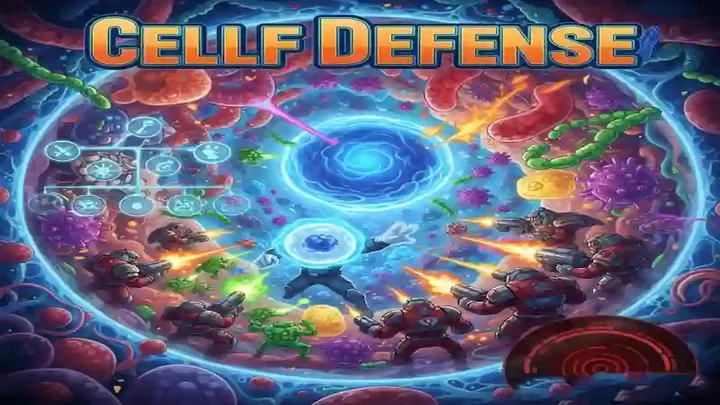
AI Adaptation Rules:
- After 3 repetitions, enemies “learn” your dodge pattern.
- They prioritize low-energy moments—never let ATP fall too low during combat.
- They share data—if one AI learns your weakness, others adapt too.
Counter-Adaptive Tactics:
- Randomize attack combos.
- Occasionally “fake” exhaustion—bait enemies into overextending.
- Reset AI memory by exiting combat for 15 seconds or activating cloaking enzymes.
By manipulating AI learning patterns, you become a moving enigma—untouchable and unreadable.
9. Boss Fights and Strategic Layering
Boss encounters in Cellf Defense push every mechanic to its limit. Each boss represents a biological concept—viral mutation, auto-immune breakdown, or cellular overload.
Common Boss Archetypes:
- Viral Titan: Constantly replicates smaller enemies.
- Neural Parasite: Hacks your signal network mid-fight.
- Mutation Overlord: Changes attack type dynamically based on your last hit.
Winning Strategies:
- Focus on resource control—don’t rush damage.
- Destroy energy nodes before targeting main cores.
- Layer attacks—signal waves first, enzyme bursts next, then physical contact.
Each boss fight is a scientific puzzle—you win not through brute force, but through sequencing, patience, and biochemical intelligence.
10. The Endgame: Genetic Mastery and Infinite Mode
After beating the main campaign, Cellf Defense unlocks Infinite Mutation Mode, a sandbox of endless enemy waves and evolutionary complexity.
Endgame Objectives:
- Experiment with hybrid builds combining all mutation paths.
- Farm rare proteins to unlock Legendary Enzymes with dual effects.
- Defend central organ clusters against timed viral storms.
High-Level Strategy:
In Infinite Mode, efficiency becomes survival. Build around regeneration and adaptability—you’ll need to react to changing rules and hostile biomes. This is where true mastery shines: when every move is instinctive and every adaptation immediate.
Conclusion
Cellf Defense is a game about adaptation, precision, and understanding life at its most primal level. Every decision—from ATP usage to mutation choice—shapes your destiny as a microscopic warrior. The secret to surviving and thriving lies in balance: aggression backed by intelligence, movement backed by awareness, and evolution backed by timing.
To master Cellf Defense, you must think like biology itself—fluid, reactive, and ever-evolving. The best players don’t fight harder; they fight smarter, one molecule at a time.









